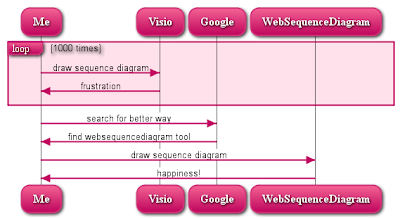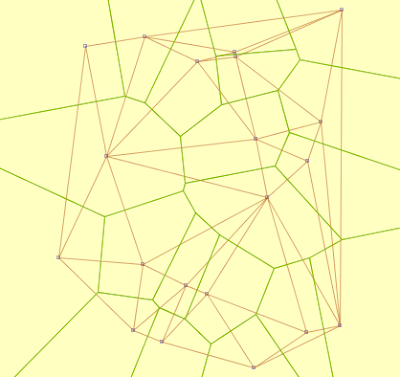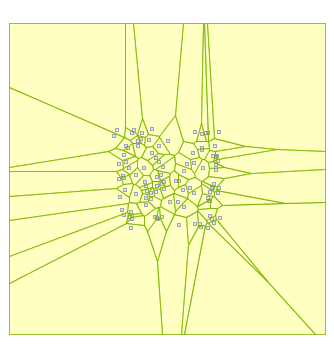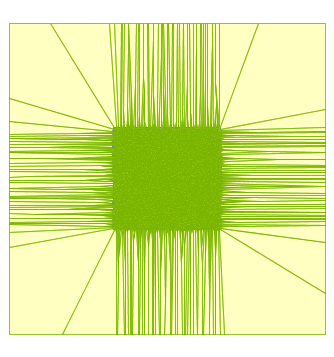- there's a large amount of implicit structure which is tedious to maintain
- sequence diagrams quickly get complex for processes with lots of actors and/or actions
- I can never remember all the conventions for representing concepts like alternation, loops and nesting
The language supports just about everything you might want - signal types, groups, nesting, notes, lifelines, etc. It outputs in images or as PDF - and it even has cool styles! Here's the idea:
loop 1000 times
Me->Visio: draw sequence diagram
Visio->Me: frustration
end
Me->Google: search for better way
Google->Me: find websequencediagram tool
Me->WebSequenceDiagram: draw sequence diagram
WebSequenceDiagram->Me: happiness!
produces

I've blogged about the appeal of specifying UML diagrams using code before. I'm not sure how much traction TextUML is getting - but it's hard to resist the appeal of a web interface, a simple language, and sexy ouput.
Now, if only someone would develop a force-directed web-based state diagram engine...
Note: there's some other alternatives to the websequencediagram tool - the author blogs about them here. The most interesting from my point of view is sdedit, which is open-source and Java-based. It's more powerful, but the language looks a mite complex. (Too bad there's no standard language for describing UML - maybe the Three Amigos should skip a siesta and whip one up.)









